What Gauge of Wire Should I Use to Make Jewelry
Whether you're a beginner or an experienced jeweler, understanding the right wire gauge for jewelry making is crucial because it affects both the durability and flexibility of your jewelry.
These choices ensure your jewelry not only looks professional but also holds up well over time.
This article also offers a downloadable Jewelry Wire Gauge Chart and essential tips to help you choose between wire gauges ranging from 14 to 28 for your projects.
Below, you will discover expert advice on choosing the best wire for your jewelry designs, with insights into each wire gauge and how the wire you choose can make your jewelry even more stunning. Keep reading for more great tips and tricks on picking the right jewelry wire.
Understanding Jewelry Wire Gauges
We've all been there before, pondering, "What is the best gauge wire for jewelry making?" While looking at gauge numbers, it's easy to assume: "the larger the number, the bigger the wire." However, the truth is quite the opposite: "the larger the number, the smaller the wire."
This counterintuitive sizing stems from all jewelry wire sizes beginning at the number 0, and each pass through a drawing die progressively decreases its size.
So, a wire labeled as 22-gauge has been pulled through a drawing die 22 times, making it progressively thinner. The gauge number corresponds to the diameter of the wire, which is the distance straight across its center.
Jewelry Wire Gauge Chart
In North America, the size of the holes in a wire-drawing die is based on a geometric formula developed in 1855 by the machine-tool company, Brown and Sharpe. This progression of 39 sizes, known as the American Wire Gauge (AWG), helps determine what is the best wire for jewelry making, ensuring precise selection for your projects.
All of the wire stocked by WireJewelry is labeled using the AWG. Other parts of the world may use the British Standard Wire Gauge (SWG), where the sizes are just a hair larger than those of the AWG. (For example: AWG 20-gauge = 0.813mm and SWG 20-gauge = 0.914mm.) For the purpose of this article, all references below relate to the American Wire Gauge (AWG).
We've put together a great reference for those moments when you're caught wondering, 'What is the best wire for jewelry making?' Find the perfect match for your next project with our detailed jewelry wire gauge chart.

Wire Gauge Guide:
28-34 Gauge Wire
These ultra-fine wires, with diameters ranging from 0.013 to 0.006 inches (0.32 to 0.16 millimeters), can be likened to sewing thread in terms of thickness.
Ideal for coiling, weaving, knitting, and crocheting, these wires are also perfect for working with lightweight, small-holed pearls and seed beads.
For delicate designs, silver jewelry wire or gold-filled wire for jewelry making offers excellent flexibility while maintaining strength.
However, due to their delicate nature, these wires are prone to breaking if kinked.
Image: Spiral Wire Earrings by Mei Tan - Click to View Pattern

26 Gauge Wire
Measuring .016 inches or .41 millimeters in diameter, this thin wire is amazingly strong. In a round shape, it's commonly used for coiling around larger-gauge wire.
It's versatile for knitting, crocheting, and weaving, as well as attaching small-hole pearls and beads to crafts. For a polished touch, consider working with sterling silver crafting wire or gold-plated wire.
Image: Dyer's Mushroom Netted Hoop Pendant by Jennifer Brooks - Click to View Pattern

24 Gauge Wire
The 24-gauge wire, measuring 0.020 inches or 0.51 millimeters, is ideal for both sculpted and traditional wire jewelry designs.
It's excellent for crafting frames and settings for smaller cabochons and faceted stones. Use silver beading wire or gilded wire to add a refined look to jump rings, head pins, and wrapped briolettes.
Image: Criss Cross Wire Wrap by Karen Meador, Ph.D. - Click to View Pattern

22 Gauge Wire
Measuring 0.025 inches or 0.64 millimeters, this is a go-to wire for traditional jewelry designs like bracelets, rings, and pendants.
With its balance of strength and flexibility, jewelry-grade silver wire or gold wire material makes this gauge versatile for coiling, weaving, and braiding. It's perfect for creating small clasps, hooks, and individual jump rings.
Image: Adobe Sun Necklace by Debbie Blair - Click to View Pattern

21 Gauge Wire
At 0.0285 inches (0.723 millimeters) in diameter, this wire offers durability for designs requiring added strength, such as prong settings and ear wires.
Experiment with flat metal wire or decorative silver wire in this gauge to create bold pendants and intricate patterns that catch the light.
Image: Boho Beaded Ring by Erika Pal - Click to View Pattern

20 Gauge Wire
Measuring 0.032 inches or .81 millimeters, 20-gauge wire is excellent for crafting double-wrapped hooks, head pins, and other durable components.
Square wire in this gauge works well for heavier jewelry like bracelets or neck collars. Choose artisan silver material or gold crafting wire for timeless, elegant designs.
Image: Swirly Teardrop Pendant by Elizabeth Schultz - Click to View Pattern

18 Gauge Wire
At 0.040 inches (1.02 millimeters), this strong, versatile wire is ideal for larger hooks, clasps, and wire-wrapped beads.
18-gauge sterling silver wire is particularly popular for its durability and shine, making it a favorite for statement necklaces and bracelets.
Image: Xs and Os Beaded Wire Bracelet by Erika Pal - Click to View Pattern

16 Gauge Wire
This thicker wire, measuring 0.051 inches (1.29 millimeters), is suitable for creating neck wires, freeform rings, and bracelet bases.
For a sleek, modern finish, consider working with ribbon wire or flattened silver wire.
Image: Elegant Pendant by Oksana Truhan - Click to View Pattern

14 Gauge Wire
The heaviest wire on this list, 14-gauge wire measures 0.0641 inches (1.63 millimeters) and is ideal for bold statement pieces like cuffs and neckpieces.
Opt for planar wire or gold-filled crafting material to elevate these larger designs while maintaining durability.
Image: Textured Stacked Rings by Judy Larson - Click to View Pattern

Conclusion: Master Your Jewelry Designs with the Right Wire
Choosing the best wire gauge for your jewelry projects is essential for creating durable, professional-looking pieces.
Whether you're crafting delicate earrings with ultra-fine wire or designing bold bracelets with thicker gauges, understanding the characteristics of each wire size empowers you to bring your vision to life.
At WireJewelry, we offer a wide range of high-quality options, including silver jewelry wire, gold-filled wire, and flat wire for jewelry making, ensuring you have the perfect material for any design.
Don't forget to explore our Jewelry Wire Gauge Chart for quick and easy reference while working on your projects.
With the right tools, materials, and a bit of creativity, you'll turn your ideas into stunning handmade jewelry that stands out.
Visit our shop today to stock up on your wire essentials and make your next creation truly unforgettable!
Materials

Tools

- G15-20
- Lesson Quantity: 1.00 pieces
- Purchase Quantity: 1.00 each
- Price: $170.72
- Gold Club Price: $128.04

- GAU-179.00
- Lesson Quantity: 1.00 pieces
- Purchase Quantity: 1.00 each
- Price: $43.95
- Gold Club Price: $32.96

- G7-8
- Lesson Quantity: 1.00 pieces
- Purchase Quantity: 1.00 each
- Price: $11.95
- Gold Club Price: $8.96

- GAU-144.10
- Lesson Quantity: 1.00 pieces
- Purchase Quantity: 1.00 each
- Price: $13.97
- Gold Club Price: $10.48
- Category: General Education
- Technique(s): Design, General Education








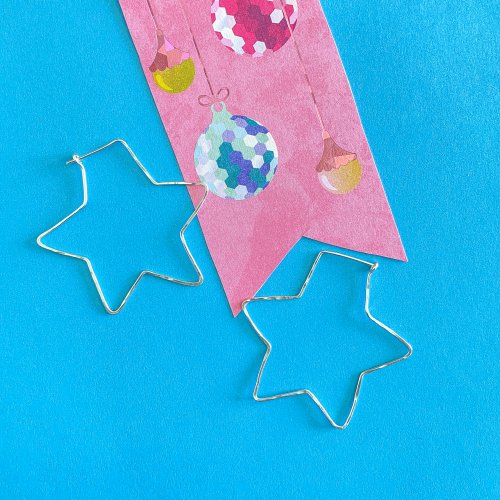
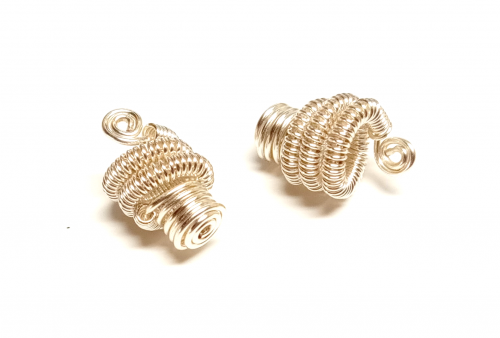


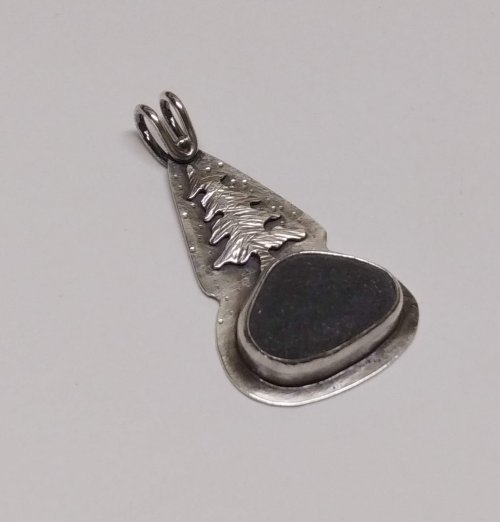
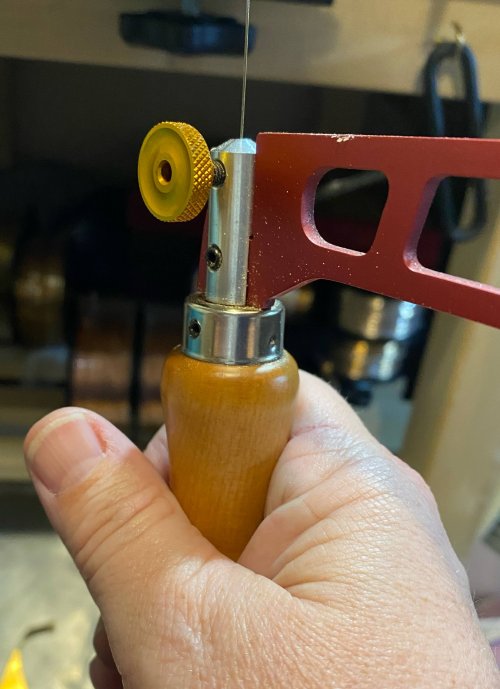
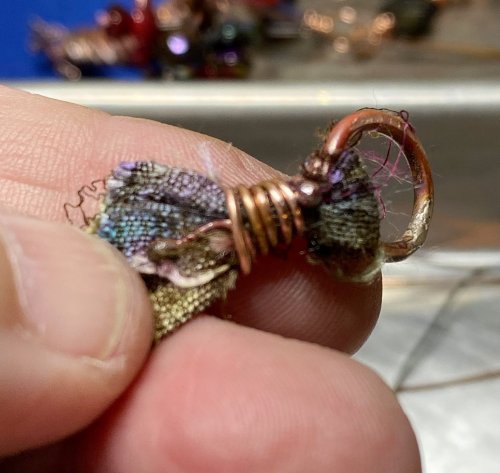
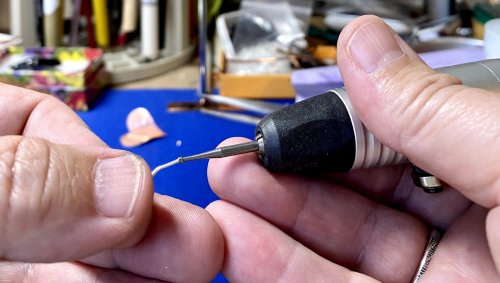
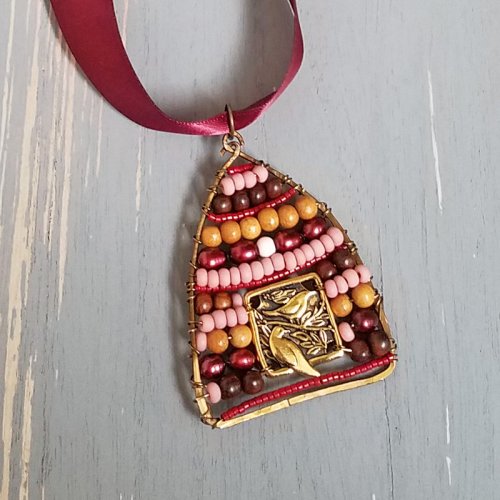
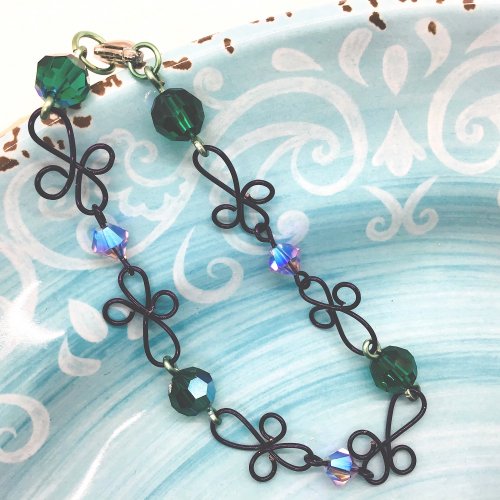

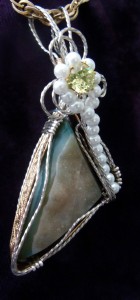
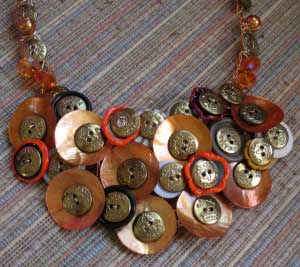
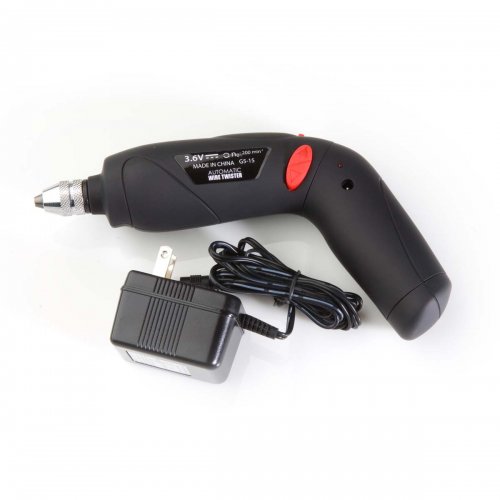 Getting Twisted - Jewelry Making Tools
Getting Twisted - Jewelry Making Tools
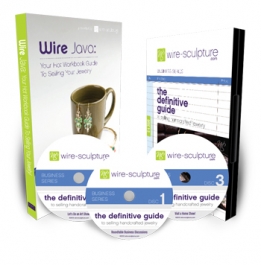 How to Price Your Wire Jewelry
How to Price Your Wire Jewelry
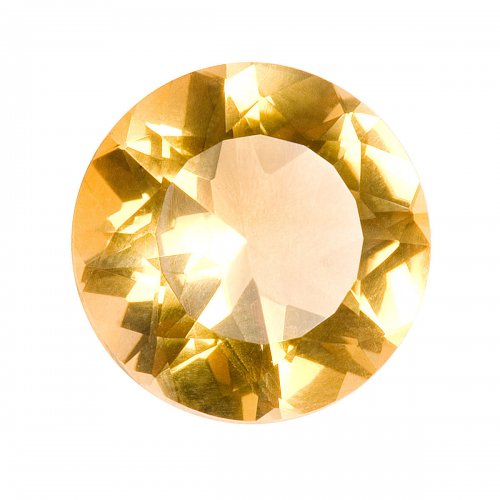 How to Measure Gemstones for Settings
How to Measure Gemstones for Settings
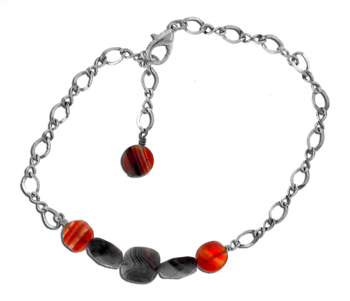 Cool Anklets are HOT
Cool Anklets are HOT
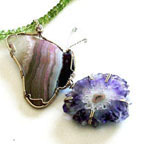 Inspiration Comes from Everywhere and Every Thing
Inspiration Comes from Everywhere and Every Thing
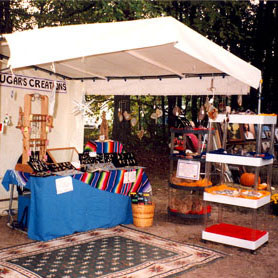 Wire Jewelry Display and Booth Ideas
Wire Jewelry Display and Booth Ideas
 Where to Sell Your Wire Jewelry
Where to Sell Your Wire Jewelry
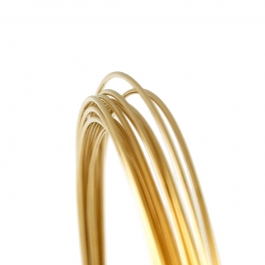 How to Choose Wire Temper for Making Jewelry
How to Choose Wire Temper for Making Jewelry
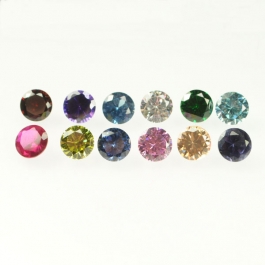 What's a Cubic Zirconia Stone
What's a Cubic Zirconia Stone
 Rockhounding - A Beginner's Guide
Rockhounding - A Beginner's Guide
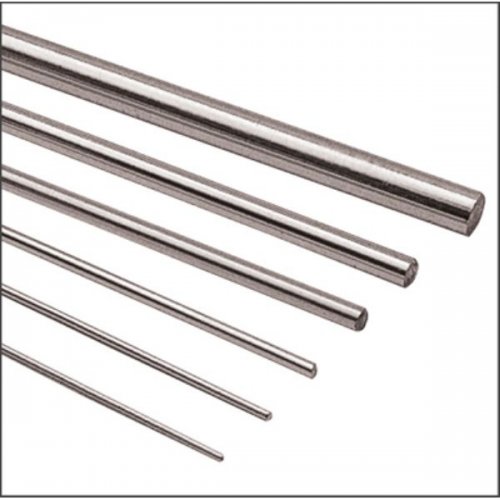 What Shape of Wire Should I Use to Make Jewelry
What Shape of Wire Should I Use to Make Jewelry
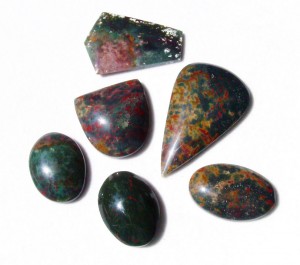 Gem Profile- Bloodstone
Gem Profile- Bloodstone
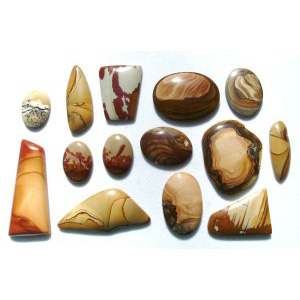 Gem Profile- Picture Jasper
Gem Profile- Picture Jasper
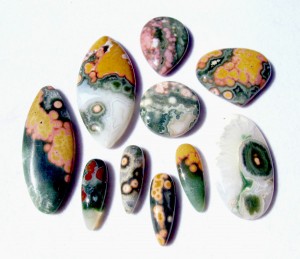 Gem Profile- Patterned Jaspers
Gem Profile- Patterned Jaspers
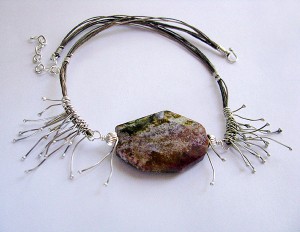 Gem Profile- What is Jasper
Gem Profile- What is Jasper
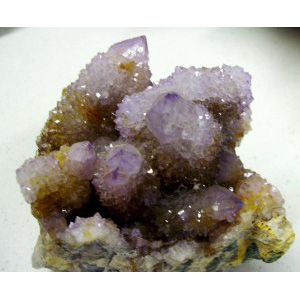 Gem Profile- Quartz Introduction
Gem Profile- Quartz Introduction
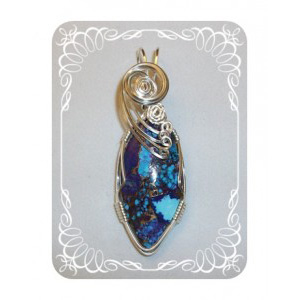 Gem Profile- Wishful Turquoise
Gem Profile- Wishful Turquoise
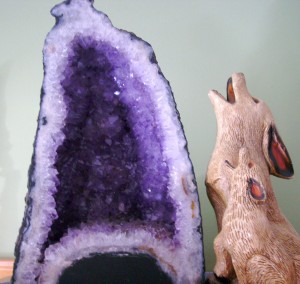 Gem Profile- Amethyst
Gem Profile- Amethyst
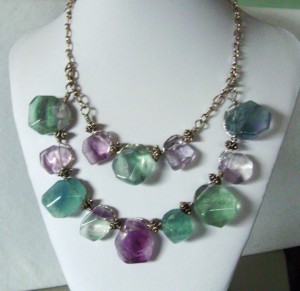 Gem Profile- Fluorite
Gem Profile- Fluorite
 Gem Profile- Obsidian
Gem Profile- Obsidian
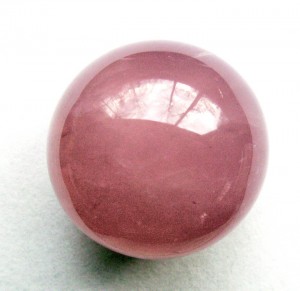 Gem Profile- Rose Quartz
Gem Profile- Rose Quartz
 Gem Profile- Smoky Quartz
Gem Profile- Smoky Quartz
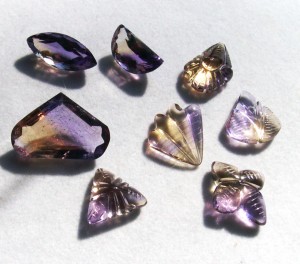 Gem Profile- Citrine and Ametrine
Gem Profile- Citrine and Ametrine
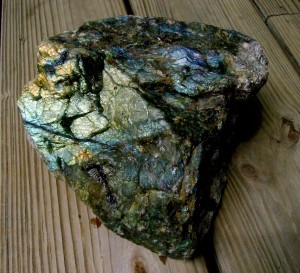 Gem Profile- Labradorite
Gem Profile- Labradorite
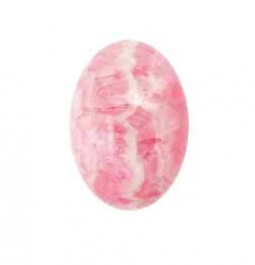 Gem Profile- Rhodochrosite
Gem Profile- Rhodochrosite
 Gem Profile- Moonstone
Gem Profile- Moonstone
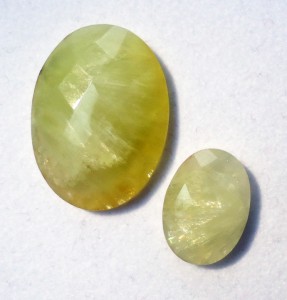 Gem Profile- Prehnite
Gem Profile- Prehnite
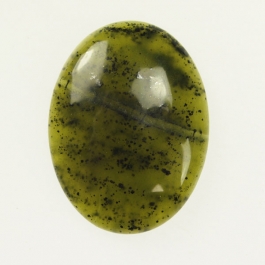 Gem Profile- Jade
Gem Profile- Jade
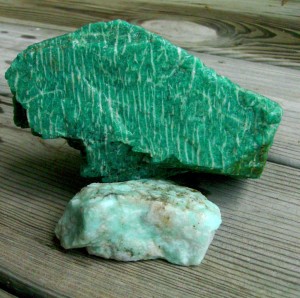 Gem Profile- Amazonite
Gem Profile- Amazonite
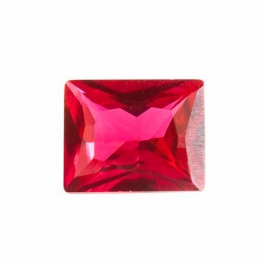 Gem Profile- Corundum
Gem Profile- Corundum
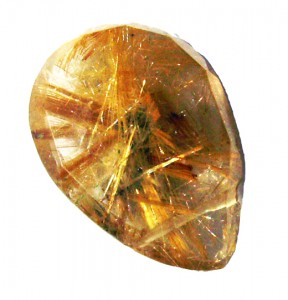 Gem Profile- Quartz with Inclusions Part 1
Gem Profile- Quartz with Inclusions Part 1
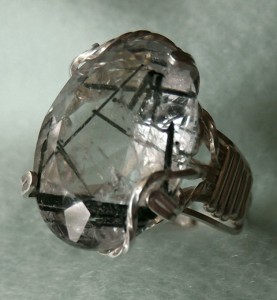 Gem Profile- Quartz with Inclusions Part 2
Gem Profile- Quartz with Inclusions Part 2
 Gem Profile- Aventurine
Gem Profile- Aventurine
 Gem Profile- Macrocrystalline Quartz
Gem Profile- Macrocrystalline Quartz
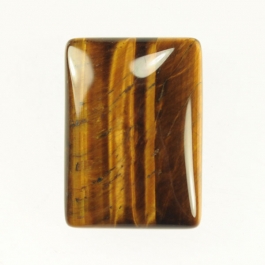 Gem Profile- Tiger Eye
Gem Profile- Tiger Eye
 Gem Profile- Fire Agate and Iris Agate
Gem Profile- Fire Agate and Iris Agate
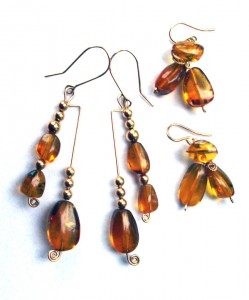 Gem Profile- Amber
Gem Profile- Amber
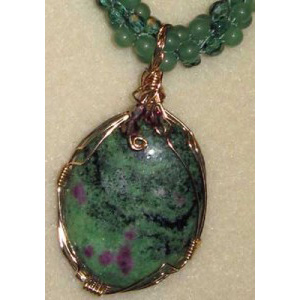 Gem Profile- Ruby Zoisite
Gem Profile- Ruby Zoisite
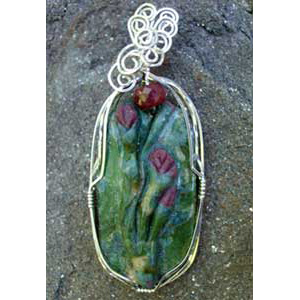 Gem Profile- Ruby Fuchsite
Gem Profile- Ruby Fuchsite
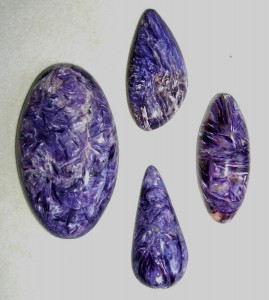 Gem Profile- Charoite
Gem Profile- Charoite
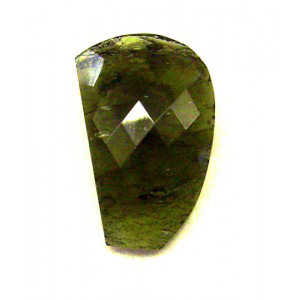 Gem Profile- Moldavite
Gem Profile- Moldavite
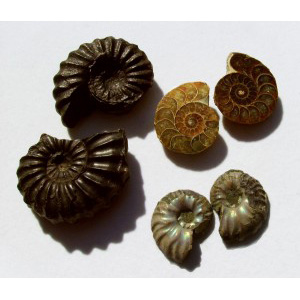 Gem Profile- Ammolite
Gem Profile- Ammolite
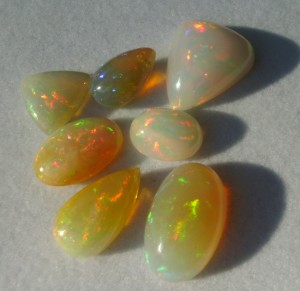 Gem Profile- White Precious Opal
Gem Profile- White Precious Opal
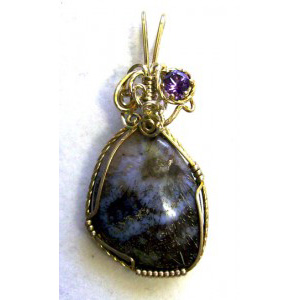 Gem Profile- Opalized Fossils
Gem Profile- Opalized Fossils
 Gem Profile- Boulder Opal
Gem Profile- Boulder Opal
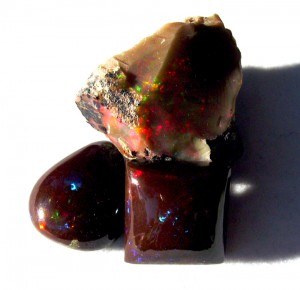 Gem Profile- Black Precious Opal
Gem Profile- Black Precious Opal
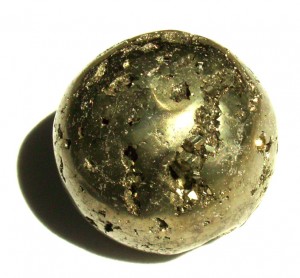 Gem Profile- Pyrite
Gem Profile- Pyrite
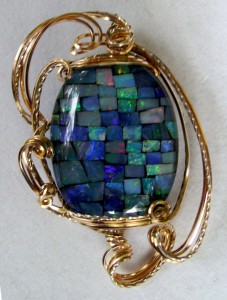 Gem Profile- Opal Introduction
Gem Profile- Opal Introduction
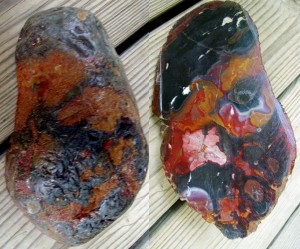 Gem Profile- Beautifully Colored Jasper
Gem Profile- Beautifully Colored Jasper
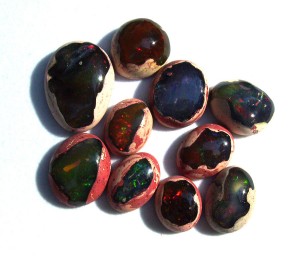 Gem Profile- Common Opal
Gem Profile- Common Opal
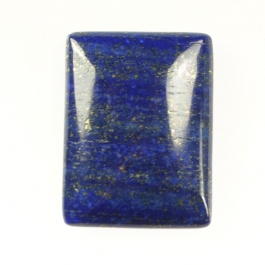 Gem Profile- Lapis Lazuli
Gem Profile- Lapis Lazuli
 Wire Sculpture Expert Dale -Cougar- Armstrong Interview
Wire Sculpture Expert Dale -Cougar- Armstrong Interview

